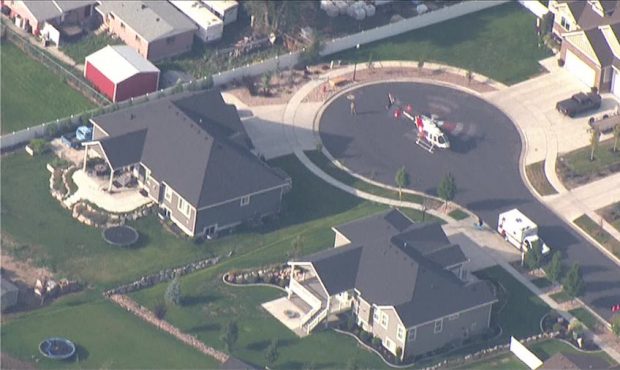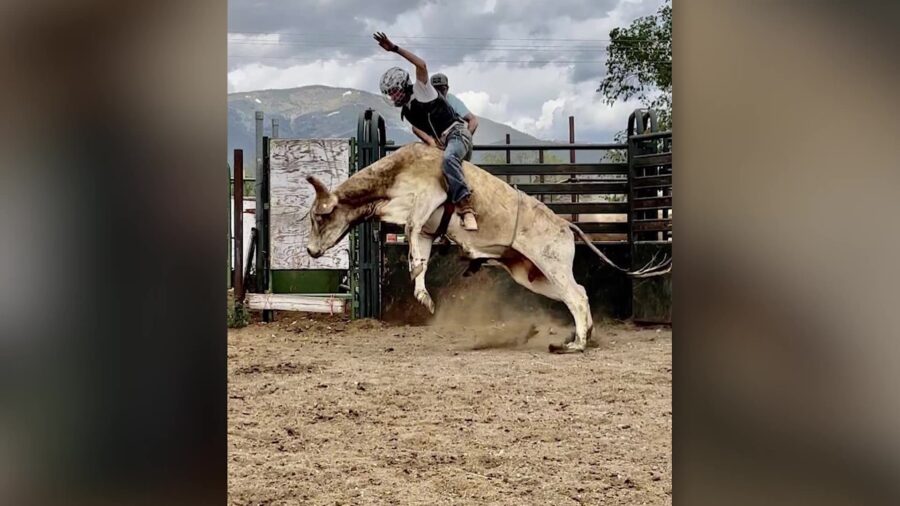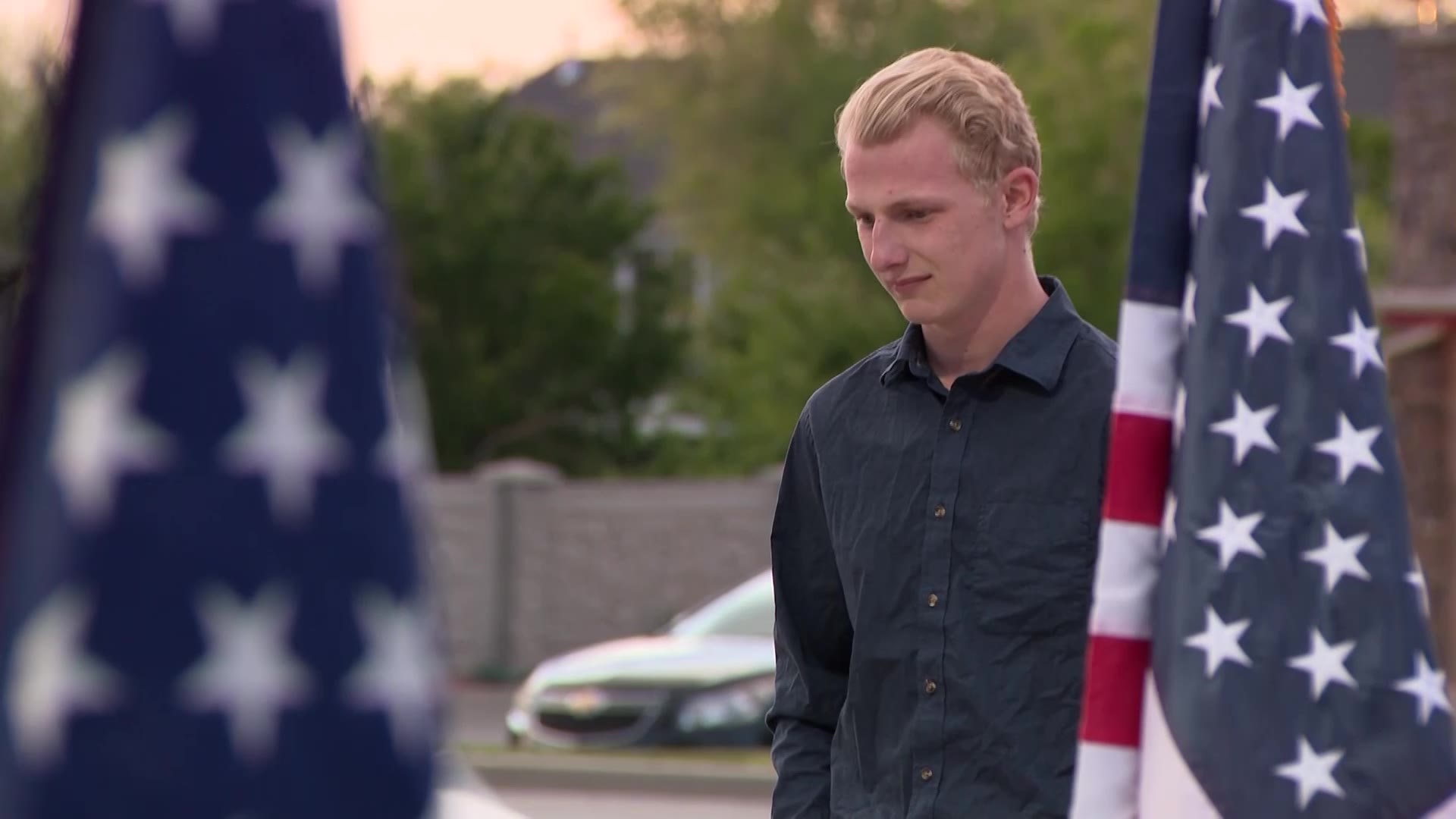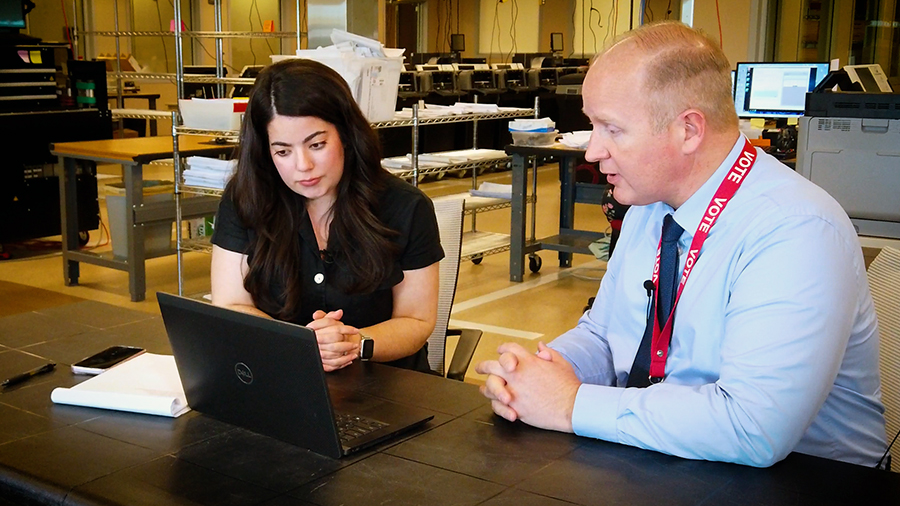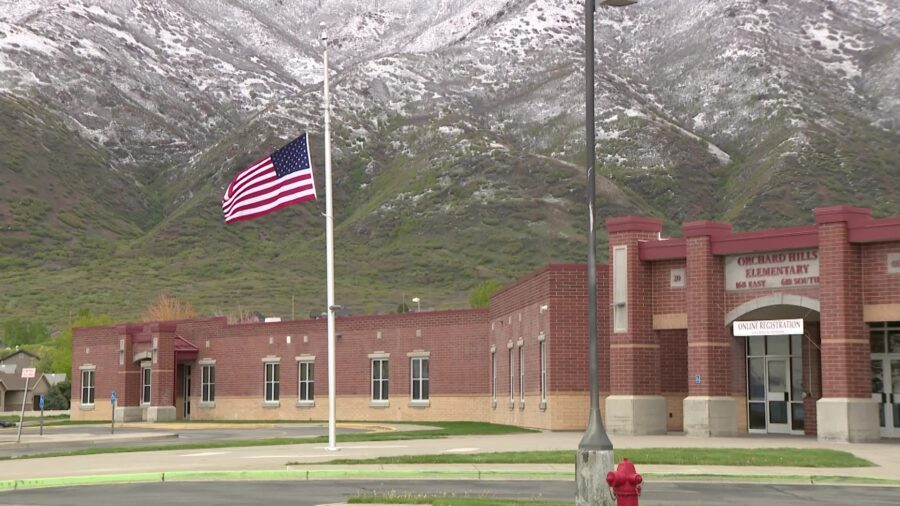Body camera footage not available in Farmington hostage incident
Sep 24, 2021, 10:20 PM
SALT LAKE CITY — Could two officers heralded as heroes in the Davis County hostage situation involving a family of five now face disciplinary action?
That’s the question facing the Salt Lake City Police Department in light of policy changes.
In the eyes of many, the officers who rescued a Farmington family held hostage are heroes. However, that may not be how the law judges the situation after a team of officers failed to turn on a required body camera during the incident.
The Sept. 10 incident rocked the whole community in Farmington.
A family of five was held hostage for several hours by a man, identified as Joseph Manhard, barricaded inside their home.
The sigh of relief came when the family was rescued, but only after a sniper shot Manhard.
In a statement released Friday, the Salt Lake City Police Department, who assisted the Davis County Sheriff’s Office during the incident, acknowledged that neither the sniper, nor his spotter, had their body cameras activated.
The department is required to release body camera footage of an officer-involved incident within 10 business days of an incident.
Last year, Salt Lake City Mayor Erin Mendenhall and Police Chief Mike Brown announced a series of reforms to Salt Lake City Police Department’s use of force, including the use of Body-Worn Cameras.
The reform now includes specific disciplinary considerations for officers who fail to activate their body-cameras.
It raises questions about whether the officers — the sniper and his spotter — will face disciplinary action.
In Friday’s press release, the department explained that they allow one camera to be used between a sniper and his spotter due to the unique nature of their specialized position.
“Unlike patrol officers or other SWAT operators who are in an up-right position, sniper operators cannot wear their BWC on the front of their bodies. Doing so would result in uneven body pressure while in the prone position and would likely affect their readiness and accuracy,” read the statement.
In this case, SLCPD said the partners “likely believed they were turning off their shared body-worn camera, when instead, they were activating it after the shooting.”
According to the department’s manual, the officers involved in the Sept. 10 incident were required to activate their body-worn camera when using force.
The manual states that situations where officers failed to activate a body-worn camera may result in corrective action or discipline.
In determining the corrective action, the manual said consideration is given to unique circumstances and the impact the failure to activate could have.
The department is given discretion to evaluate the incident on a case-by-base basis, but it does not spell out an exception for officers with specialized assignments, such as the sniper and his spotter.
Chris Bertram, a retired deputy chief of police and law enforcement consultant, argued that as the law currently stands, the sniper — likely a hero in the case — could technically face disciplinary action.
“There probably needs to be a provision written in their policy that says listen, they are not violating their policy,” said Bertram. “As I read the policy, they’re violating their own policy and that is not what those officers should face.”
Moreover, Bertram said, without more clarity in body-camera requirements for officers with specialized assignments, the city could be opening itself up to a lawsuit.
“It puts the organization at risk of liability, too. We’ve got written policies, we expect officers to follow it. If we don’t, that’s one of the things you sue for — failing to follow policy [or] a policy failure,” said Bertram.
Under its protocol for all officer-involved critical incidents, SLCPD said internal affairs will conduct a separate investigation and the lack of body camera footage for the sniper and the partner will be part of that investigation.
The police department confirmed they have additional body camera footage of the Sept. 10 incident, however, that would not be available for release.
“Other BWC video potentially captured during this incident is not applicable for release under Utah Code 63G-2-305(10)(a-c) and/or Salt Lake City Ordinance Chapter 2.10.200 (1) (D) (3) as the materials violate an individual’s privacy including images inside a private residence and medical and/or mental health care treatment,” the press release said.


